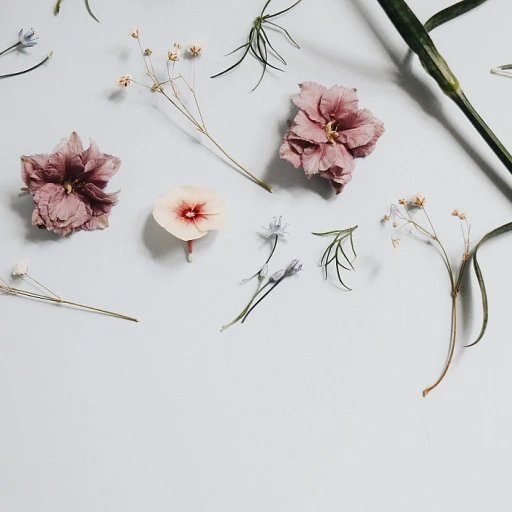
The essence of a perfume maker: blending art and science
An exquisite blend: the art and chemistry of perfume making
Being a perfume maker is like balancing on a tightrope between art and science. Just like a painter uses brushes and colors, a perfumer relies on scent notes and olfactory families. A blend of creativity and knowledge is essential. The best perfumes come from those who manage to marry these two components seamlessly. As Laurence Dumont, a renowned perfumer, once said, “A good perfume must smell like heaven, but its creation is rooted firmly in the lab.”
Perfume making involves precise formulas, where a slight deviation can transform a delightful scent into an unpleasant one. It’s a symphony where each instrument contributes to the overall harmony. Did you know, for instance, that just one drop of essential oil can make a significant difference in a 50ml bottle of perfume? Data shows that about 70% of successful perfumers have an extensive background in chemistry or related sciences. This scientific grounding ensures they understand the properties and interactions of various scent elements.
In the perfume-making world, ratios and measurements are crucial. The International Fragrance Association (IFRA) has set guidelines to ensure the safety and consistency of perfumes. A report by IFRA indicates that compliance with their standards has significantly improved the safety profile of fragrances over the last decade.
However, it's not all about the chemicals and equations. Remember, creating a scent is also about conveying an emotion, telling a story. Al Haramain, a distinguished name in oriental perfumes, highlights, “Our perfumes are crafted to evoke memories and emotions. It’s the art of capturing a moment in a bottle.”
For a deeper understanding of the secret life of independent perfume makers, discover more here. You’ll find fascinating insights into how they balance the stringent demands of science with the boundless imagination of art to create their unique scents.
Stay tuned for the next section, where we will take a historical journey through the evolution of perfume making. It’s a story worth every whiff!
Historical journey: evolution of perfume making
From the early days of fragrance to today’s artistry
The journey of perfume making is a blend of art, science, and history. It began in ancient times, when cultures like Egypt and Mesopotamia used primitive distillation techniques. As centuries passed, the craft evolved, with Grasse, France, emerging as the perfume capital in the 16th century. This region—revered for its jasmine and other floral ingredients—remains pivotal in today’s fragrance world.
The birth of alchemy in fragrance
By the Middle Ages, alchemists sought the 'quintessence' or purest form of a substance. Their experiments paved the way for modern perfumery techniques, blending essential oils and other natural extracts. Fast-forward to the Renaissance and baroque eras: Europe saw the rise of grandeur in aromas, with eau de cologne becoming a must-have for the elite.
Industrial innovation and beyond
The 19th century brought major shifts. With the Industrial Revolution, synthetic ingredients entered the picture, broadening the palette available to perfume makers. Such advancements allowed for novel, long-lasting scents, previously impossible to achieve. The discovery of vanillin and coumarin transformed how perfumers envisioned and crafted fragrances.
20th century innovation: science meets artistry
The 20th century saw a surge in iconic fragrances from brands like Chanel, Dior, and Guerlain. Fragrance creation became a harmonious blend of chemistry and creativity. From Grasse's fields to Paris’s labs, each step from ingredient harvest to final product was refined, blending traditional techniques with scientific precision. For an in-depth look at how niche perfume makers perfect their craft, you can discover more here.
The evolution of perfume making reflects humanity's unending quest to capture and savor scent. Today, the blend of historical techniques and modern innovations continues to allure enthusiasts worldwide.
Tools of the trade: essential equipment for a perfume maker
Must-have tools every perfume maker needs
Everyone's gotta start somewhere, right? For those diving into perfume making, the first question they often ask is: what are the essentials when it comes to tools?
glasware essentials
It's no surprise that glassware is at the heart of a perfume maker's toolkit. From beakers to vials, and pipettes to droppers, these are must-haves. Did you know that using glass prevents chemical interactions that can alter your scent? According to The Perfumer's Apprentice, the first thing on your to-buy list should be high-quality glassware.
Scales and balances
When it comes to perfume, precision is everything. Measuring ingredients accurately helps in achieving the exact fragrance profile intended. A scale that measures in milligrams can make all the difference. Joanne Simmons, a senior perfumer at IFF, often says, "Precision in measurement is as important as the ingredients themselves."
Essence of time
Timing tools like a timer or stopwatch are crucial. Why? Perfumes often require specific durations for blending or tincturing. An accurate timer ensures each step is executed perfectly, from the initial mix to the final touch. “In the sculpting of scents,” as some experts call it, timing is as crucial as the ingredients themselves.
Essential oils and raw materials
No arsenal is complete without a set of high-quality essential oils. Brands like Robertet and Firmenich provide some of the best, while essential oils can also be sourced from regions celebrated for their high quality, like Grasse, Paris. Remember the adage: garbage in, garbage out?
Mixing and storage
When it comes to blending compounds, a magnetic stirrer or a vortex mixer can save a lot of elbow grease. And don’t forget about proper storage: glass bottles with airtight seals. A tip from the experts? Clear glass might look chic, but dark-colored glass bottles are your best bet to prevent UV light from degrading your eau parfum.
Evaporation and preservation
Evaporation control tools like desiccators or airtight containers are recommended for long-term storage. Benzyl alcohol and phenethyl alcohol are often used as preservatives in the making of these scents to prolong shelf life.
Case study: the maker hotel
Check out The Maker Hotel in Hudson, New York. They don’t just offer plush stays; they’ve got a perfume making lab where guests can try their hand at blending fragrances. It’s a neat example of how these tools come alive in real-world settings.
Ingredients and raw materials: the building blocks of fragrance
The alchemy of ingredients
At the heart of any successful perfume maker's craft lies the ingredients used in formulation. The foundation of a scent is built upon a diverse array of raw materials, each selected for their unique properties and olfactory notes. According to the International Fragrance Association (IFRA), around 3,000 raw materials are used in perfumery, from natural extracts to synthetic compounds.
Natural ingredients
Essential oils are a staple in fragrance creation, drawn from plants, flowers, roots, and even trees. Jasmine, one of the most coveted oils, is predominantly sourced from Grasse, France—the unspoken capital of perfumery. Essential oils, like jasmine and sandalwood, offer rich, complex aromas that synthetic molecules strive to replicate.
Synthetic molecules
With the advancement of chemistry, synthetic ingredients have played an increasing role in modern perfumery. These man-made scents aid in replicating rare or endangered natural ingredients. An example is the molecule Ambroxan, a substitute for ambergris, a whale-derived substance that is now ethically concerning and incredibly costly.
Top, heart, and base notes
Creating a balanced fragrance involves blending top, heart, and base notes. According to an article by Christophe Laudamiel, a renowned perfumer, top notes like citrus and bergamot provide the initial impact, while heart notes such as rose and lavender offer the main body. The base notes, like musk and vanilla, linger the longest, ensuring the scent's endurance.
Finding the perfect balance
The challenge lies in finding the perfect harmony among these diverse components. The artistry of a perfume maker is akin to that of a chef—the balance between sweet, savory, and piquant flavors results in a memorable dish.
Controversies in ingredient sourcing
Ethical sourcing has become a heated issue, especially as consumers grow more eco-conscious. The demand for transparency in where ingredients like sandalwood or oud are sourced has pushed many small business perfume makers to adopt sustainable and ethical practices. Reports suggest that 26% of consumers prefer to purchase perfumes that guarantee sustainable ingredient sourcing (Fragrance Foundation).
Personal touch: creative blends
Small business perfume makers often add a personal touch to their creations. For instance, The Maker Hotel's exclusive line offers custom scent kits that allow you to concoct your own signature fragrance. This DIY approach has been popularized by enthusiasts eager to dive into the perfume bottle and blend their unique scents.
In today's perfume making scene, everything from a rose bloom in Paris to a sandalwood tree in South India finds its way into the scent laboratory. The art of balancing these ingredients is what makes the creations of perfume makers truly timeless.
The creative process: from inspiration to formulation
Inspiration strikes: where ideas come from
For a perfume maker, inspiration can come from myriad sources: nature, memories, emotions, and even art. Christian Dior once said, "Perfume is a mark of female identity and the final touch of her style." This sentiment rings true as many creators draw from deeply personal experiences or cultural heritage to craft their scents. For example, Diptyque's Eau Capitale is inspired by the elegance of Paris. Connecting with such inspirations helps to create fragrances that resonate emotionally with consumers.
From idea to olfactory architecture
After the spark of inspiration, the next step is to translate that idea into a tangible fragrance. According to Luca Turin, a renowned biophysicist and perfume critic, “Making perfumes is an exercise in balancing accords and sourcing the right ingredients.” This phase involves combining various raw materials in different proportions to achieve the desired scent profile. It’s a lot like composing music, where harmony and notes play crucial roles.
Iterations and adjustments
The formulation process often involves multiple trials and adjustments. A 2021 study from the Fragrance and Flavour Journal revealed that it usually takes 30 to 40 iterations before finalizing a new fragrance. This stage requires patience and keen olfactory skills. Renowned perfume maker Jean-Claude Ellena emphasizes the importance of restraint, noting that "knowing what to leave out" is key to achieving a balanced fragrance.
Feedback loop
Testing with sample groups provides invaluable feedback. Longevity, sillage, and overall appeal are some metrics considered. For niche perfumery, feedback may come from a select group of connoisseurs, whereas mainstream brands might opt for broader market testing. A recent report by Grand View Research noted that consumer feedback can influence up to 70% of the final adjustments in perfume formulations.
Regulatory compliance and safety
Prior to commercial release, perfume makers must ensure their creations comply with international fragrance regulations. The International Fragrance Association (IFRA) plays a significant role here. The compliance process includes testing for allergens and ensuring that all components are safe for skin contact. In fact, a 2022 survey indicated that 85% of perfume makers consider regulatory restrictions to be one of the most challenging aspects of the creative process.
The final touch: bottling and branding
The journey from inspiration to formulation culminates in aesthetically pleasing packaging that aligns with the fragrance's story. The bottle design is not only about aesthetics but also functionality. For instance, Jo Malone's iconic rectangular bottles with elegant labels evoke simplicity and sophistication, mirroring the brand's olfactory philosophy. The choice of packaging can greatly influence a consumer's purchasing decision, as supported by a study in the Journal of Retailing, which found that 60% of consumers are swayed by the design of the perfume bottle.
Trends in the fragrance industry: what's hot in perfume making
Current trends shaping the fragrance industry
In the ever-evolving perfume landscape, keeping up with the latest trends can be crucial for a perfume maker. The world of fragrance is experiencing a boom in personalized scents, which allow individuals to create custom perfume that suits their personal taste and style. Brands like Le Labo and Jo Malone offer custom scent experiences, with options to mix and match fragrances, making it a popular choice for consumers.
Interestingly, there's a rising trend in the use of natural and organic ingredients. Research by Grand View Research shows that the organic personal care market is expected to reach $25.11 billion by 2025, with fragrance being a significant segment. Perfume makers are increasingly using essential oils and natural extracts, aligning their offerings with the clean beauty movement.
Another exciting trend is the inclusion of sustainable practices in fragrance manufacturing. Consumers are increasingly conscious of the environmental impact of their purchases, pushing brands towards eco-friendly packaging and ethically sourced ingredients. For instance, brands like Abel and Ellis Brooklyn have made sustainability a key part of their identity, using biodegradable materials and supporting fair-trade practices.
Moreover, niche and artisanal perfumes have gained traction. These unique, small-batch fragrances often emphasize quality over quantity and offer a sense of exclusivity. According to a report by Allied Market Research, the global luxury perfume market is projected to reach $69.8 billion by 2028. This trend towards exclusivity can be appealing for perfume makers aiming to position themselves in a premium market. If you're curious about how niche makers craft these unique scents, you may find this in-depth exploration enlightening.
The rise of gender-neutral fragrances is another noticeable trend. Traditional gender categories are becoming less significant as more consumers choose scents based on their preferences rather than marketing labels. This shift is reflected in the offerings from brands like Byredo and Tom Ford, which offer unisex scents that appeal to a wider audience without conforming to traditional masculine or feminine labels.
Technological advancements are also shaping the perfume industry. Innovative tools like AI-driven scent creation and virtual reality labs allow perfume makers to experiment with ingredients and formulations in ways that were previously impossible. These technologies can enhance creativity and efficiency in the perfume-making process, enabling makers to craft unique scents with unprecedented precision.
In summary, staying updated on current fragrance trends can provide valuable insights for perfume makers. Embracing these trends—whether through personalization, sustainability, niche markets, gender-neutral fragrances, or technology—can help perfume makers stay relevant and appeal to modern consumers looking for more than just a nice scent.
DIY perfume making: creating custom scents at home
Crafting your own perfume at home: an indulgent DIY experience
Imagine turning your favorite essential oils into a personal scent experience that captures your uniqueness. Perfume making at home can be a deeply personal act of creativity, allowing you to craft something custom and entirely your own. This trend has been gaining traction, with more people seeking out DIY kits to delve into the world of fragrance making. Not only is it an enjoyable hobby, but it also offers opportunities for gift-giving, where you can share a piece of your creative soul with others.Begin with a perfume making kit
Starting your journey into custom scent creation is easy with a perfume making kit. These kits typically include all the basics such as essential oils, alcohol-free bases, and empty perfume bottles. A popular choice among beginners is the DIY perfume making science kit, which includes everything you need to experiment and learn the basics of scent blending.Exploring fragrance notes
Understanding fragrance notes is a crucial part of perfume making. A perfume is generally composed of three layers—top, middle, and base notes. These layers unfold over time, creating a complex and evolving scent experience. Top notes are typically light and fresh, such as citrus or jasmine, which you smell first. Middle notes form the heart of the fragrance and include floral or spice elements. The base notes are the lasting impression, often with deeper scents like musk or vanilla.Essential equipment for home perfume makers
Investing in some essential equipment can enhance your DIY perfume making. A set of glass spray perfume bottles, a digital scale for precise measurement, and pipettes for transferring oils without mixing them are must-haves. For a touch of elegance, consider adding a custom perfume trunk maker to store your creations neatly.Making it uniquely yours
Part of the magic of DIY perfume making is the ability to create something truly unique. Experiment with different proportions of essential oils to see what combinations resonate with you. Incorporate unusual ingredients like incense making oils or try blending multiple kits to create an eclectic mix. The library discovery set is an excellent choice for those looking to expand their fragrance horizons. It includes a variety of scents that can be mixed and matched to find that perfect blend.Inspiration from successful perfume makers
Learning from accomplished perfume makers can provide inspiration and guidance on your fragrance-making journey. Professionals often share stories of how they overcame challenges and discovered unique scent combinations that turned into signature fragrances. One example to look into is the story of niche perfume creators who started small and cherished their artisanal approach, eventually gaining a loyal following.A delightful gift idea
Custom perfumes make for amazing gifts. They show a level of thoughtfulness and personalization that is hard to match. Whether it’s for a birthday, anniversary, or just because, a hand-crafted scent is a unique way to convey your love and appreciation. You can even create a full experience by including a custom-designed perfume bottle and a beautifully written description of the fragrance's inspiration.Final touches: labeling and packaging
Once you’ve perfected your scent, present it with style. Label your bottles with the name of your creation and, if you feel like it, a short note on the inspiration behind it. Quality packaging can elevate the perceived value of your perfume. Consider eco-friendly options like reusable glass bottles or biodegradable packaging materials. Free delivery options give an added layer of convenience, ensuring your gift reaches its intended recipient hassle-free. Through this delightful foray into perfume making, you not only get to enjoy the artistry and science behind fragrances but also the joy of creating something that is intimately yours. Whether as a personal indulgence or a thoughtful gift, DIY perfume making can be a richly rewarding experience.Case studies: successful perfume makers and their signature scents
Grasse: the perfume capital of the world
Grasse, a quaint town in the South of France, is often hailed as the ultimate destination for perfume makers. With its ideal climate for growing aromatic plants and a rich history dating back to the 16th century, Grasse has earned its place in the heart of every perfume enthusiast. Celebrated perfume makers like Fragonard and Molinard have their roots here, demonstrating the town's enduring influence on the fragrance industry.
Ivan Tataridi: Fragrance expert Ivan Tataridi emphasizes the importance of Grasse in the perfume world, observing, "Grasse isn't just a place; it's an identity for a perfume maker. The mastery of crafting fragrances has been passed down generations, making it a living museum of olfactory art."
Serge lutens: an icon in fragrance creation
Few can argue with the impact of Serge Lutens on modern perfumery. His visionary approach to scent-making has led to the creation of iconic fragrances such as Feminité du Bois and La Fille de Berlin. Lutens's unique style blends opulent ingredients with an avant-garde twist, resulting in perfumes that are both sophisticated and boundary-breaking.
As Serge Lutens himself says, "Perfume is not an accessory but an extension of oneself." His brand remains a beacon for those seeking deeply personal and innovative fragrances.
Demachy and dior: a lasting legacy
François Demachy, the renowned nose behind many Christian Dior perfumes, marries traditional techniques with modern sensibilities. With fragrances like Sauvage and J'adore under his belt, Demachy has showcased a tantalizing blend of heritage and contemporary flair.
In an interview, Demachy once remarked, "When creating a scent, authenticity is key. Each ingredient tells a story, and I see my role as bringing that narrative to life." His work with Dior continues to influence and define luxury perfumery.
Hand-pouring 'love': the story of course vian
On a more intimate scale, Course Vian symbolizes how personal experiences can inspire a perfume maker. Known for crafting hand-poured custom scents, Course Vian is the mastermind behind beloved artisanal creations. Based in the heart of Paris, the brand blends local charm with exquisite craftsmanship.
Course Vian's unique 'Love' perfume is a popular choice among patrons. Clients appreciate the personal touch, as each bottle can be custom labeled with a special message. Sarah J., one satisfied customer, noted, "The perfume is beyond a mere scent; it's a cherished gift custom-tailored just for me."
A global impact: shalini perfume
With roots in India and a global clientele, Shalini Perfume stands out due to its luxurious and rare ingredient choices. The brand's signature scent, Shalini, has been praised for its captivating blend of tuberose, neroli, and sandalwood.
Perfume critic Luca Turin reviewed Shalini's perfume, saying, "It transports you to a realm of sheer luxury. The perfume making process here is nothing short of divine." This high praise highlights Shalini's influence and the brand's unwavering commitment to quality.
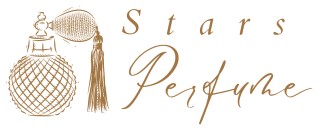
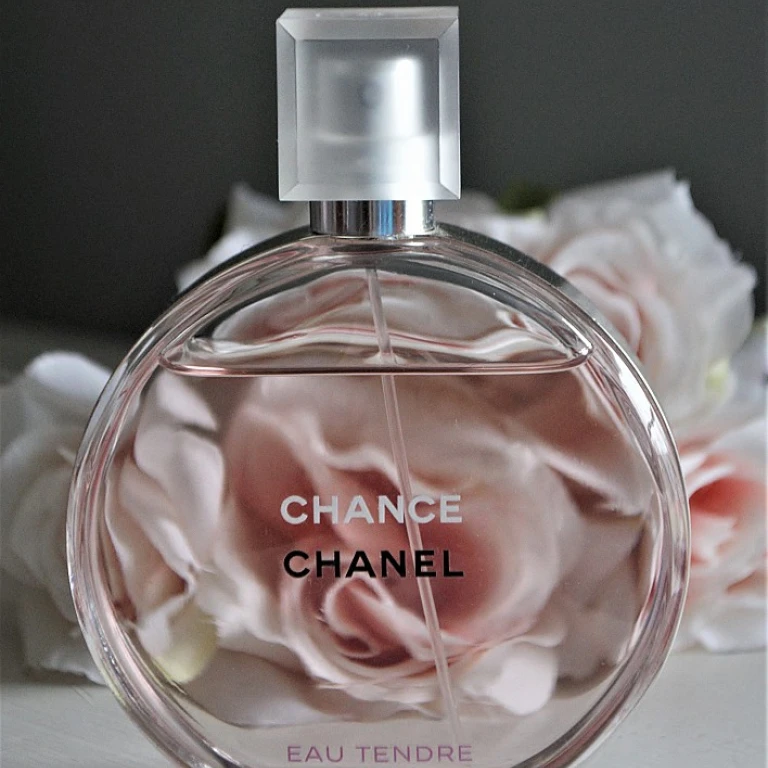
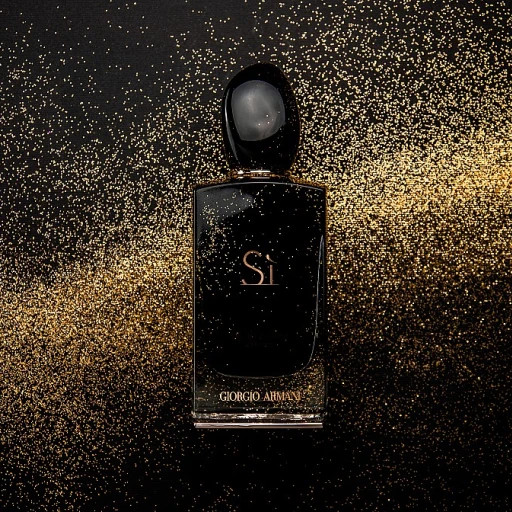
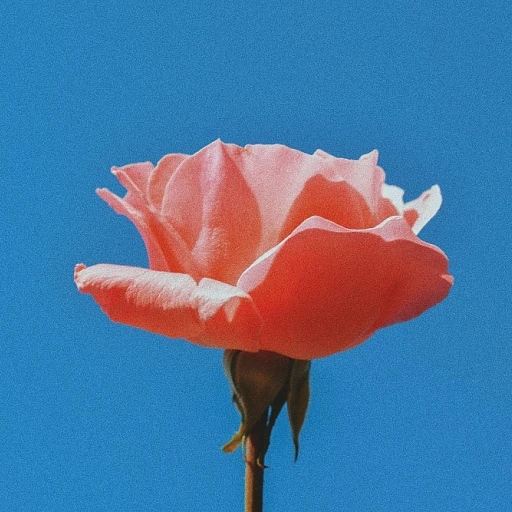
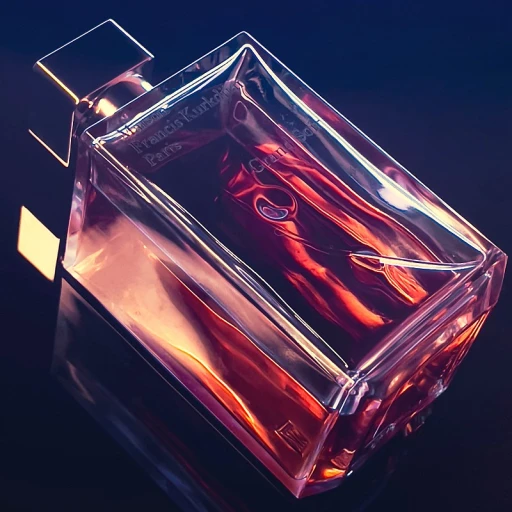
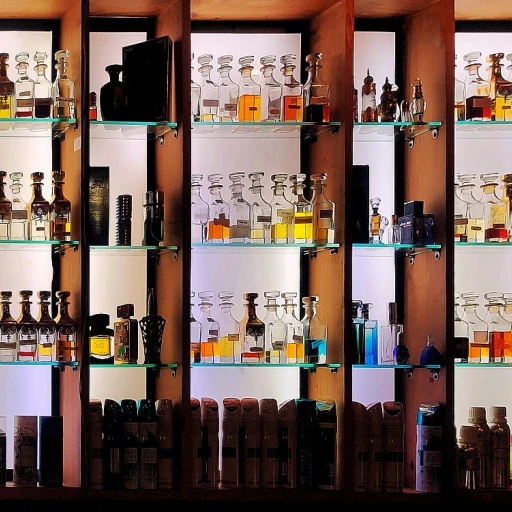
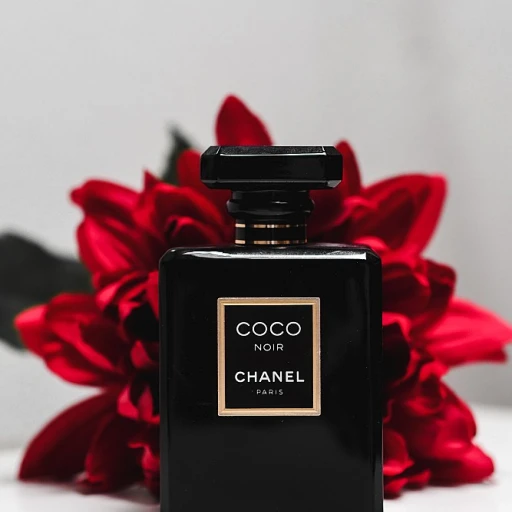
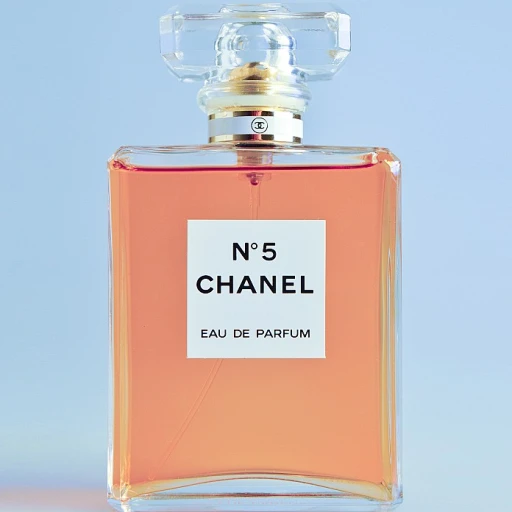
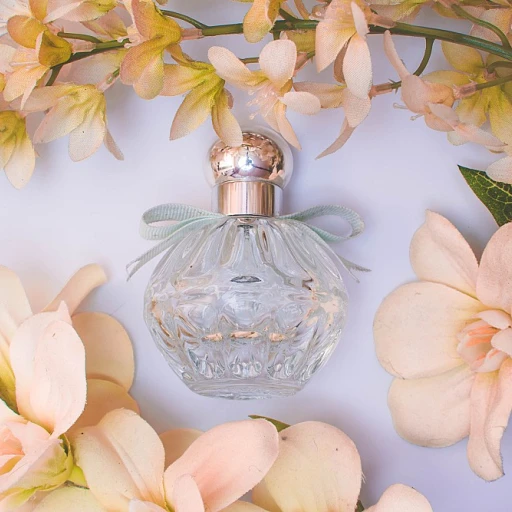
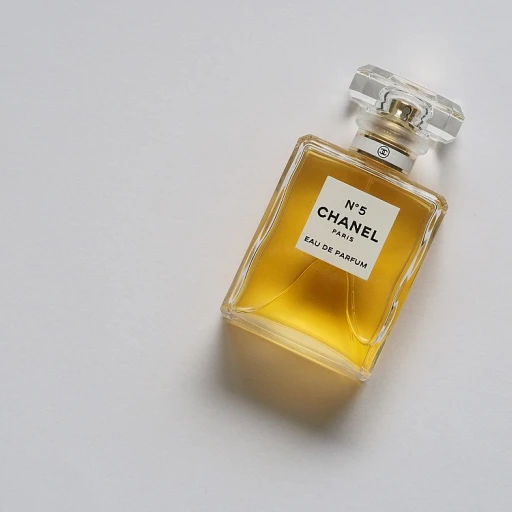
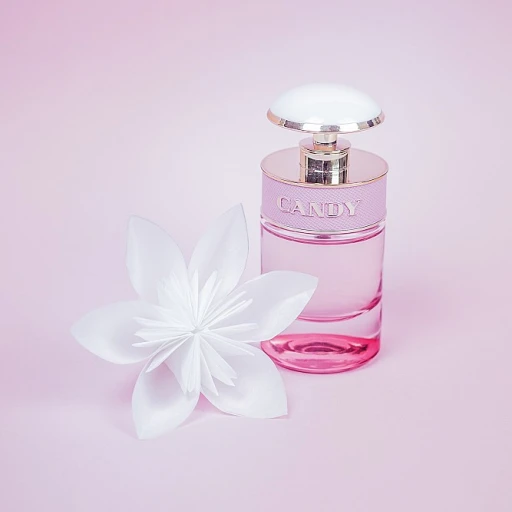
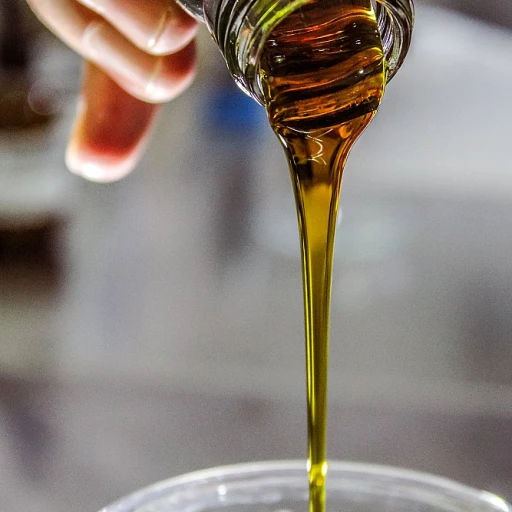

-large-teaser.webp)